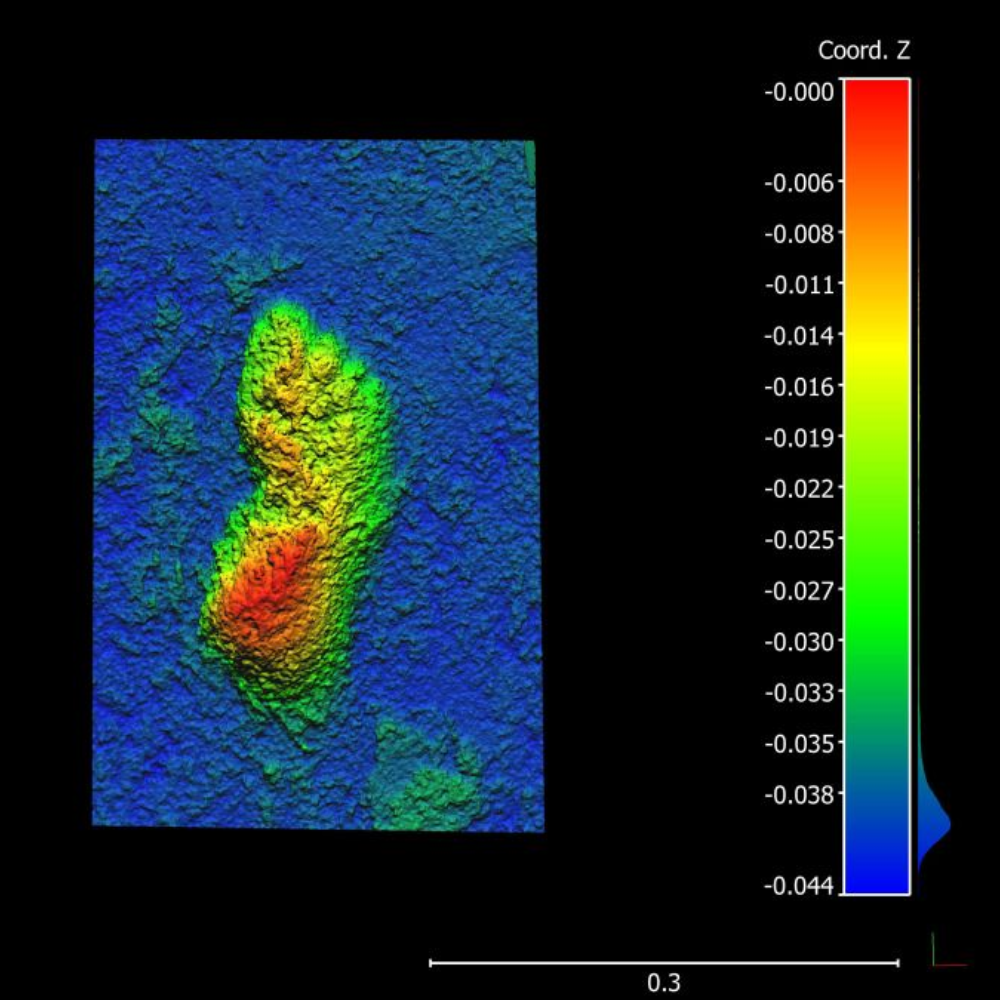
Historians and archeologists have constantly been digging and excavating to find the true origins of humankind. This has provided us with answers about the very beginning. One of the most recent discovery updates has been regarding the oldest Homo sapiens’ footprints. This discovery places the oldest members of Homo sapiens at around 153,000 years ago. Found at the Garden Route National Park (GRNP), these footprints have an unusual length that is credited to a heel drag. A recent study has attributed these prints to be the oldest known tracks from our species. This is the most recent update among the many discoveries from African excavations in the past few decades.
The Discovered Tracks

As per an article in the journal Ichnos from April 25th, optically stimulated luminescence (OSL) was used to date these footprints. The footprints are especially significant as they not only indicate that the early humans traveled through these sites but also give us an idea about the activities they took up. This process included the analysis of a total of nine tracks left by humans, called ichnosites, including four with ammo glyphs (any man-made pattern preserved over time), one with knee impressions, and four with hominin tracks.
How Does OSL Work?
OSL determines the elapsed time since the grains of feldspar or quartz near or in the tracks had contact with sunlight. This process gives especially exceptional results in cases where surfaces with human contact were buried within a short period of time. After using OSL on the tracks found at the GRNP track site, the findings placed them at a date around 153,000 years ago, plus or minus 10,000 years. As per Charles Helm, a research associate at the African Centre for Coastal Paleoscience at Nelson Mandela University in South Africa, this discovery “acted as a spur to continue our search for hominin tracks in deposits we know are even older.”